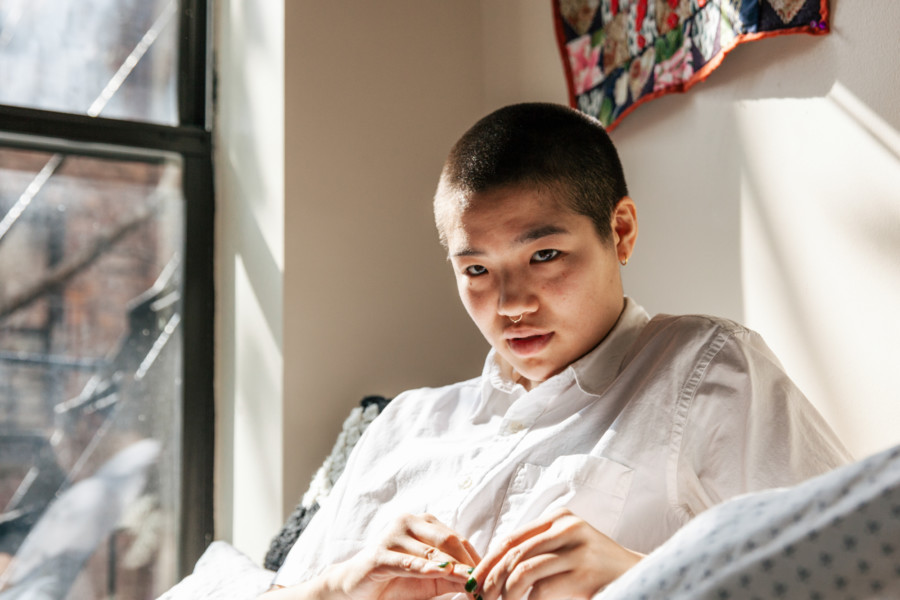Inclusivity Guidelines for Collaborating with Queer Photographers and Capturing the LGBTQIA+ Community
Next week marks the conclusion of Pride month, but we remain committed to maintaining vital dialogues. There’s so much diversity within queer experience – bisexual women in heterosexual relationships may not share similar experiences as queer people of color who don’t feel accepted by their religion – that we find inspiring in this year’s pride photography projects showing such diversity.
As we’ve witnessed photographers pushing back against big brands who attempt to exploit queer identities for corporate Pride purposes, and artists showcasing diversity within this traditionally marginalized and stereotyped community. Additionally, more representation has been seen in wedding photography as well as photos showing same-sex couples attending prom. That momentum must continue.
Before the month ends, we are encouraging non-queer photographers to pause and think more critically about their storytelling, interviewing, and photography practices. Are they playing into their own understanding of queerness or really engaging with a community they don’t belong to? Or perpetuating stereotypes instead of exploring diversity within LGBTQIA+ experiences? Cameras hold enormous power to shape history; any photographer must acknowledge this responsibility when using one for taking photographs (even unknowingly or subconsciously).
Mengwen Cao is an immigrant from China whose work explores gender, race and cultural identities through photography, education, art and cultural activism. They founded Authority Collective as well.
It is one of the many thoughtful essays highlighting the benefits of inclusive photographic practices featured in The Photographer’s Guide to Inclusive Photography, our free educational guide made in partnership with Authority Collective.
